A potential client emailed yesterday. She plans to visit the Kyle of Tongue, but has concerns: 'I understand there would be a possible language barrier since they still speak Scots Gaelic as their every day language.' Many people here wish she was right! Bord na Gaidhlig, responsible for promoting the language, in particular. Sadly only 60,000 folk in Scotland speak Gaelic now and it is not the first language for any of them. Everyone understands English. Indeed there is a danger that the language could die out, and with it understanding of a substantial body of literature and song. Gaelic also brings our countryside alive - Rathad nam Meirleach, The Thieves' Road, Sgurr nan Conbhairean, Peak of the Keeper of the Hounds, Knocknagael, Hill of the Hostages. Today the Scottish Minister of Culture has called for lessons in Gaelic to be available throughout Scotland - great in theory but it has problems. More important my be support for Sabhal Mor Ostaig, an impressive college on Skye offering Gaelic courses up to degree level.
But back to Tongue... I am prepared to be taken to task on this, but they are more likely to be speaking Old Norse ('Norn') than Gaelic. This area was occupied by the Norse until about 1200 and Norn continued to be spoken along the north coast until the 17th century, although there was always more Gaelic in the west. The word Kyle comes from the Gaelic, caol meaning narrows, but Tongue is from the Norse tunga, meaning a spit of land; nearby Durness is completely Norse in origin - dyr, meaning deer and nes, headland. Either way, I thoroughly recommend a visit to (English speaking) Tongue - don't miss Dun Dornaigil Broch in Strathmore or Smoo Cave!
Subscribe to:
Post Comments (Atom)










































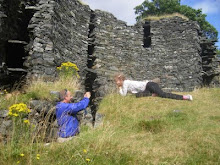
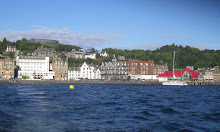
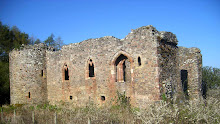
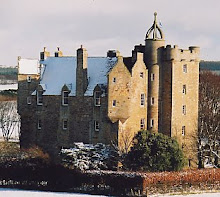
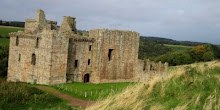

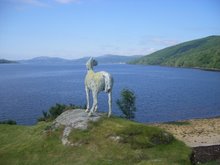



No comments:
Post a Comment